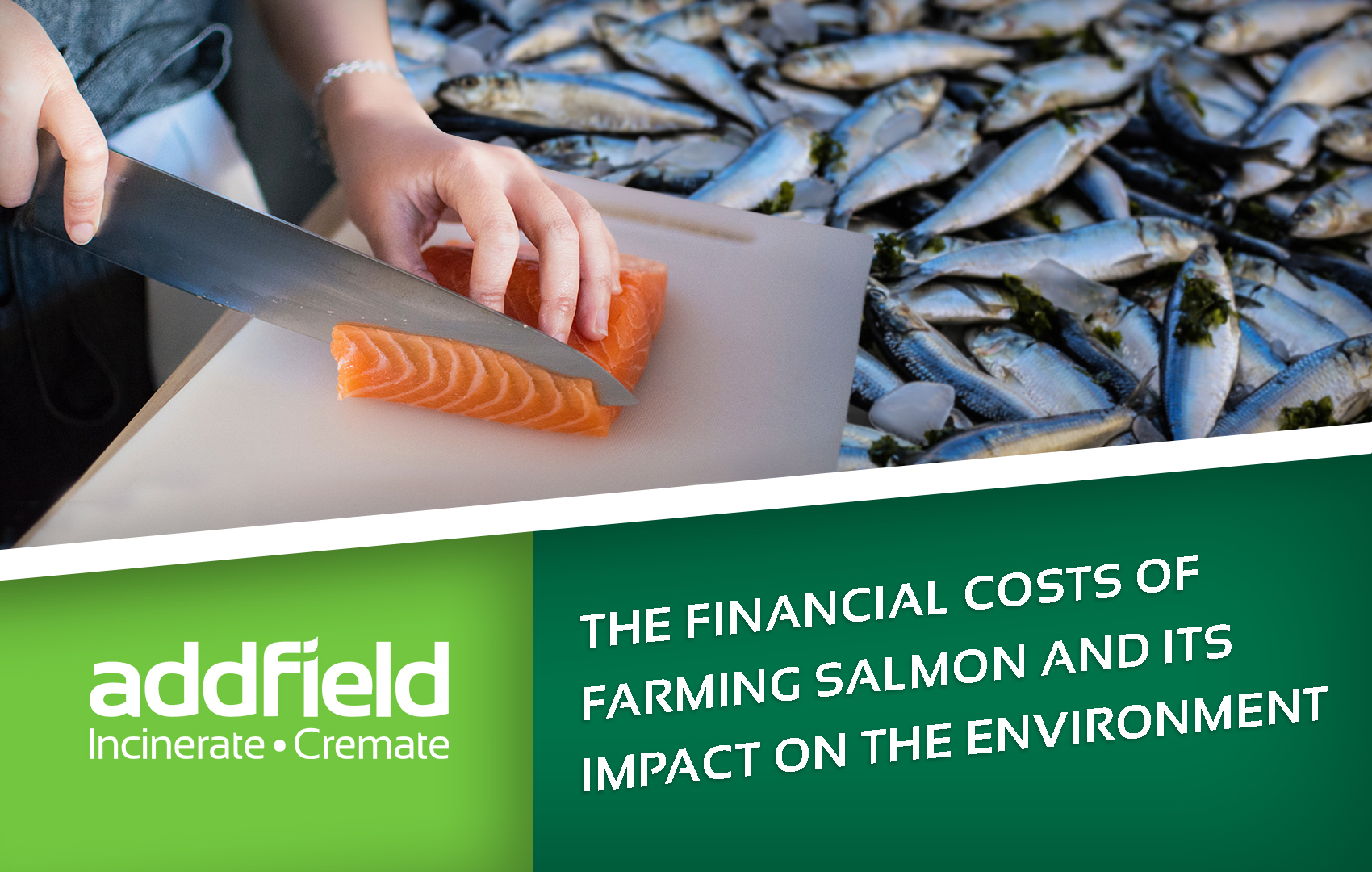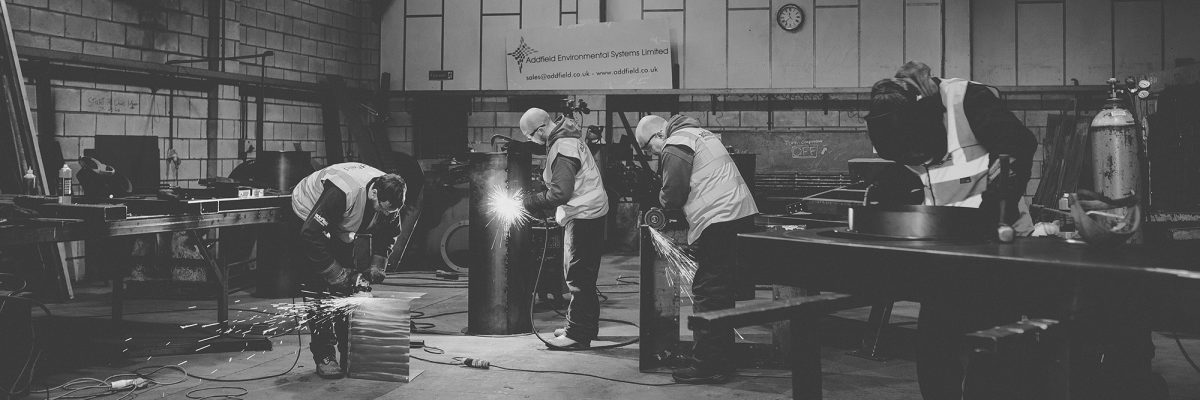
04/09/17
The hidden cost of Salmon Farming
While salmon is now an affordable staple in most supermarkets it wasn’t that long ago that fresh salmon was reserved for special occasions and celebrations. With the growth of salmon farming, it is now available everywhere at very reasonable prices. As the financial cost has dropped over the years the environmental cost is now becoming of great concern.
Salmon has come down in price due to changes in the way it is farmed. Housed in Fish Farms and intensely reared in cages, but what impact does this have on the wild fish stock in the area? The answer it appears can be catastrophic, with more than 250 Salmon farms off the western coast of Scotland the impact is now becoming visible. With cages being stationed near the shore or within estuaries, often in the path of traditional wild salmon breeding grounds. This is causing a drastic reduction in wild salmon returning to spawn. The impact has been recently highlighted in the Financial Times by respected Journalist and Presenter Jeremy Paxman (see link below).
What is causing the damage?
The harm is not from the cages themselves but from the ‘Sea Lice’ that leech onto and feed on the captive salmon.
With the infected salmon creating a cloud of sea lice in and around their cages. The wild salmon and even trout swimming through the cloud are becoming infested by the lice in quantities greater than normal. The lice feed on the scales of the fish, with large numbers of lice causing visible damage including scarring, loss of fins leading to secondary infections and death.
With research from the leading fisheries charity S&TC UK indicating that out of the 250 salmon farms in Scotland as many as 120 farms are responsible for sea lice in levels exceeding the recommended thresholds.
One approach to combat this is the addition of chemicals into the water, however being open water, these chemicals can cause greater harm to the overall environment. Another approach and a costlier one is to change the pattern of production reducing the number of fish in each cage and allowing breaks between pen usage. There is also the option to introduce Wrasse and Lumpfish both of which feed on the lice. However, each of these could have a noticeable impact on the price of fish in stores.
Is Marine incineration the Solution?
A sustainable and thorough approach will be to ensure regular cleaning and monitoring practices are carried out followed by regular disposal of infected stock and the resultant waste that is removed from the water, with incineration a central part of the process to ensure that the ‘Lice’ which are the cause of the problems are safely eliminated.
At Addfield we have developed a range of specialised aquaculture incinerators, which are able to completely destroy any harmful biological waste removing the risks from the environment.
As with all different kinds of waste, Aquaculture needs machines designed specifically for processing high moisture waste in ways not possible with a standard incinerator. With purpose built channels to direct any liquids, with angled walls to ensure a clean continuous burn rate and other features making them the machines of choice for serious marine operations. More importantly, the wrong machine will simply use more fuel and create waste that has not been fully processed which will not provide the biosecurity solution delivered from a purpose-built marine incinerator.
The Future of Fish Farming
It’s difficult to fully predict how the future of fish farming will play out, without careful planning in how to treat the growing threat to wild marine animals it may not be long before legislation comes in and changes the way fish are farmed. With the potential to move from the sea to the shore with fish farms able to be established inland closer to transport links and able to be more carefully filtered and monitored to prevent lice outbreaks and other environmentally damaging by-products.
The microscopic fish louse could cause enormous disturbances in how fish are farmed in the future. We know that incineration could help keep fish farms producing safely for years to come. Businesses must act now to prevent any further damage, which will impact the future of farming taking a conscious effort to isolate the problem early to save the viability of off shore fish farming.
No matter where the future of leads our machines will be there. Designed for every situation Addfield build incinerators to keep on working no matter the environment. With a strengthened, steel construction and impact resistant loading, you’re guaranteed a quality installation on land and sea. With custom features to allow installation on barges and boats. The Marine range of Incinerators are already helping to protect the environment at large.
Read more
The original article on Salmon farming by Jeremy Paxman in the Financial Times: https://www.ft.com/content/8b73e21a-7cf8-11e7-ab01-a13271d1ee9c
Read a version of the article without a paywall: http://www.telegraph.co.uk/news/2017/08/12/salmon-farming-has-done-enormous-harm-fish-environment-warns/
Read the Addfield Case Study on providing a mobile Thunder 1000 to Scottish Sea Farms https://addfield.wpengine.com/case-studies/scottish-sea-farms/
Salmon and Trout Conservation UK http://www.salmon-trout.org/
Report on Sea Lice control: http://www.salmon-trout.org/new-report-from-salmon-farmings-biggest-company-confirms-that-scotland-is-the-dirty-man-of-global-aquaculture/news/431
International Research Science Centre Report on Salmon Lice: http://www.int-res.com/articles/aei2016/8/q008p597.pdf
- British Designed.
British Built. - World leaders in
incineration technology. - Unrivalled build quality
& machine longevity. - Distributed to more
than 140 countries. - Environmentally
Responsible. - Trusted partner with
40 years experience.



